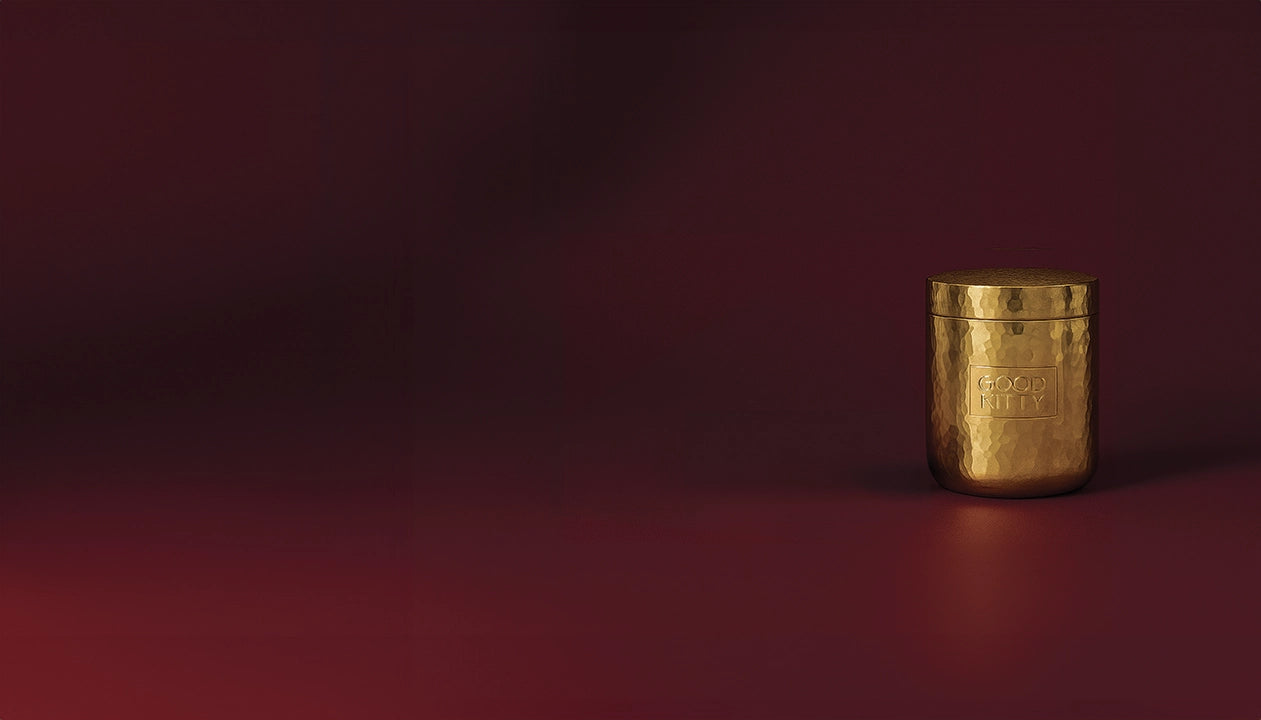UTIs
the cranberry myth
Myth: Cranberry juice cures UTIs.
Fact: Cranberry juice lacks sufficient PACs to treat UTIs effectively. UTI Biome Shield delivers concentrated PACs equivalent to 7 gallons of cranberry juice, preventing bacteria from adhering to urinary tract walls.
What's wrong with me? I keep getting UTIs.
Myth: You can only get a UTI from not drinking enough water.
Fact: While staying hydrated helps flush bacteria, UTIs are caused by bacterial infections, often related to other factors like sex, hygiene, or underlying health conditions.
urination
Myth: Holding your pee doesn’t cause UTIs.
Fact: Holding urine for long periods can increase the risk of bacteria growing in the bladder, making UTIs more likely.
wipe right or fight
Myth: Wiping front to back doesn’t matter.
Fact: Wiping back to front can introduce bacteria from the anus to the urethra, increasing the risk of a UTI.
Short answer: there is nothing wrong with you. UTIs are incredibly common in women especially after sex, given all of the secretions, touching, rubbing, etc. that having sex entails. While sex hygiene is important you may still get UTIs, even if you are a fastidiously clean person, always urinate after sex and wipe front to back.
A burning sensation when urinating with a UTI is primarily due toinflammation and irritation of the bladder and urethra lining caused by the bacterial infection.The bacteria irritate the delicate lining, causing it to become red and inflamed.This inflammation leads to pain and a burning feeling as urine passes through the urethra.
UTIs are caused when bacteria — most commonly E. coli — spread to the genitalia from the anal region. This bacterial infection causes cystitis, an inflammation of the bladder, and is responsible for the urge to pee regardless of whether or not you have anything in your bladder to excrete. Doctors call this urgency and dysuria.
Drinking cranberry juice isn't an effective treatment for UTIs. The PAC concentration is drastically insufficient, and the high sugar content can actually feed bacteria and worsen your infection, potentially leading to more severe complications.
If you already have a UTI, see a doctor immediately - antibiotics are the only effective treatment for an active infection. Delaying proper medical care can lead to kidney infections and more serious health risks.
UTI Biome Shield is designed for prevention, not treatment. When taken regularly, its concentrated PACs (equivalent to 7 gallons of cranberry juice without any sugar) create a powerful bacterial barrier that prevents pathogens from adhering to urinary tract walls before infection can establish.



Anatomy
The urethra in women is about 1.5 inches long, while in men, it's around 8 inches long, giving bacteria a shorter path to the urinary system. And of course the female urethra is located closer to the anus than in men. This increases the likelihood of bacteria from the GI tract (like E. coli) being transferred to the urinary tract.
Sexual Activity
Sexual activity can introduce or push bacteria from the perineal area into the urethra. Certain positions, frequency, and friction can heighten the risk, which is why many women suffer post-coital UTIs. UTI-causing bacteria have evolved specialized receptor arms (fimbriae) which allow them to attach to the lining of the urinary tract and ascend into the bladder.
Imbalance
Hormones, particularly estrogen, play a significant role in maintaining the health of the urinary tract. Changes can disrupt the vaginal and urinary tract environment, making it more susceptible to infections. Antibiotics, stress, and pH changes can also disrupt microbiome balance, creating conditions for UTI-causing bacteria to thrive.



Anatomy
The urethra in women is about 1.5 inches long, while in men, it's around 8 inches long, giving bacteria a shorter path to the urinary system. And of course the female urethra is located closer to the anus than in men. This increases the likelihood of bacteria from the GI tract (like E. coli) being transferred to the urinary tract.
Sexual Activity
Sexual activity can introduce or push bacteria from the perineal area into the urethra. Certain positions, frequency, and friction can heighten the risk, which is why many women suffer post-coital UTIs. UTI-causing bacteria have evolved specialized receptor arms (fimbriae) which allow them to attach to the lining of the urinary tract and ascend into the bladder.
Imbalance
Hormones, particularly estrogen, play a significant role in maintaining the health of the urinary tract. Changes can disrupt the vaginal and urinary tract environment, making it more susceptible to infections. Antibiotics, stress, and pH changes can also disrupt microbiome balance, creating conditions for UTI-causing bacteria to thrive.
the hydration myth
Myth: You can only get a UTI from not drinking enough water.
Fact: While staying hydrated helps flush bacteria, UTIs are caused by bacterial infections, often related to other factors like sex, hygiene, or underlying health conditions.
What's wrong with me? I keep getting UTIs.
Myth: You can only get a UTI from not drinking enough water.
Fact: While staying hydrated helps flush bacteria, UTIs are caused by bacterial infections, often related to other factors like sex, hygiene, or underlying health conditions.
urination
Myth: Holding your pee doesn’t cause UTIs.
Fact: Holding urine for long periods can increase the risk of bacteria growing in the bladder, making UTIs more likely.
wipe right or fight
Myth: Wiping front to back doesn’t matter.
Fact: Wiping back to front can introduce bacteria from the anus to the urethra, increasing the risk of a UTI.
Hydration is important but at some point you can only drink so much water. Being hydrated allows you to flush your urethra after sex, but if bacteria have already attached to the lining of your urinary tract, no amount of hydrating will help. The National Academy of Medicine recommends women drink 56 ounces of water a day.
UTIs are caused by bacteria that adhere to the wall of the bladder and multiply. Bacteria and the biproducts they secrete cause a foul smell in urine. Urine looks cloudy when it contains bacteria and white blood cells.
When you get an infection your body produces white blood cells which are released into the bladder. Both white blood cells and bacteria in your urine can make it look cloudy.
General hygiene tips like wiping front to back and showering are certainly helpful. But the truth is that it is good to have bacteria living on and in our body; call it our flora, biome, or microbiome, bacteria support immunity, cognitive function, digestion and hormonal balance. Sex stirs things up and may end up introducing bacteria into the urinary tract that aren't supposed to be there. That's just how it is. Showering or even using baby wipes to prep before you have sex could diminish the bacteria present on your skin, but ultimately, if you are having sex, some bacteria are going to get moved around and may cause a UTI. It's not you.
the urination myth
Myth: Holding your pee doesn’t cause UTIs.
Fact: Holding urine for long periods can increase the risk of bacteria growing in the bladder, making UTIs more likely.
What's wrong with me? I keep getting UTIs.
Myth: You can only get a UTI from not drinking enough water.
Fact: While staying hydrated helps flush bacteria, UTIs are caused by bacterial infections, often related to other factors like sex, hygiene, or underlying health conditions.
wipe right or fight
Myth: Wiping front to back doesn’t matter.
Fact: Wiping back to front can introduce bacteria from the anus to the urethra, increasing the risk of a UTI.
Getting a UTI despite taking preventive measures like urinating before and after sex is common and medically explainable.
Sexual activity can still introduce bacteria into the urinary tract despite proper bathroom hygiene. This happens because:
Physical contact can mechanically push bacteria toward the urethra
Your anatomy plays a significant role - women have shorter urethras than men, making bacterial migration easier
Hormonal changes can alter vaginal pH and bacterial balance
Personal microbiome factors may create higher susceptibility in some individuals
Bacteria can remain viable for hours after intercourse despite urination
Even with perfect hygiene habits, approximately 80% of UTIs in women are associated with sexual activity. This is why additional preventive measures like UTI Biome Shield can be beneficial - it creates an environment where bacteria struggle to adhere to the urinary tract lining, providing protection beyond what urination alone can accomplish.
The pH in your vagina is relatively acidic in the range 3.8 and 5. An acidic pH can protect the vaginal mucosa from pathogenic organisms like E. coli that thrive in a pH of 7.4 to 7.9. This is in stark contrast to healthy Lactobacillus species that prefer a pH between 4.5 and 6.5. Anything you put in your vagina will alter your pH.
The urethra is a very small opening behind the clitoris and anterior to the vagina. It is much shorter in women (just 1.5 inches as apposed to 8 inches in a man) accounting for the much higher incidence of UTIs in women.
the wiping myth
Myth: Wiping front to back doesn’t matter.
Fact: Wiping back to front can introduce bacteria from the anus to the urethra, increasing the risk of a UTI.
What's wrong with me? I keep getting UTIs.
Myth: You can only get a UTI from not drinking enough water.
Fact: While staying hydrated helps flush bacteria, UTIs are caused by bacterial infections, often related to other factors like sex, hygiene, or underlying health conditions.
What's wrong with me? I keep getting UTIs.
Myth: You can only get a UTI from not drinking enough water.
Fact: While staying hydrated helps flush bacteria, UTIs are caused by bacterial infections, often related to other factors like sex, hygiene, or underlying health conditions.
What's wrong with me? I keep getting UTIs.
Myth: You can only get a UTI from not drinking enough water.
Fact: While staying hydrated helps flush bacteria, UTIs are caused by bacterial infections, often related to other factors like sex, hygiene, or underlying health conditions.
Condoms don't cause UTIs, however, the spermacide in certain condoms can negatively affect vaginal flora by altering pH.
Non lubricated condoms combined with water based lubes are the way to go. We love Woo's Shag Juice because it’s condom-compatible, water based, silky, non-sticky, and juicy AF.
Semen, pre-ejaculate, and sperm are sterile. The vast majority of UTIs come from E. coli in our own GI tract. For lack of a better term, the grinding that happens with sex can push bacteria into the urethra, increasing your chances of getting an infection. That said, while semen is not a direct cause of UTIs, it can alter vaginal pH, making it less acidic and less hospitable to beneficial Lactobacillus bacteria in the urogenital tract.
Generally speaking, no. But if toys or hands are contaminated, lets say from anal play, they may introduce bacteria into the urogenital tract. Also some women have a sensitivity or allergic reaction to toys made of latex or plastic and do better with glass.
For women, the risk of UTIs is always greater, regardless of the style of sex we’re engaging in. Because our urethra is shorter, so is the distance bacteria have to travel to get to the bladder.
Ground Rules for Anal Sex to Reduce the Risk of UTI
Discard your condom after anal sex, and obviously, do not use the same condom for vaginal penetration.
Use different hands for anal and vaginal play. Reserve one hand for anal play only.
Use a lube that doesn’t contain sorbitol or glycerin.
the antibiotics myth
Myth: You always need antibiotics to treat or prevent a UTI.
Fact: While antibiotics are sometimes necessary, overuse can harm your microbiome. Science-backed supplements like D-Mannose and PACs can support UTI prevention without antibiotics.

a problem that affects 30 million women deserves more than anecdotal evidence, antibiotic prophylaxis & cranberry juice.
biofilms, anatomy, & recurrent UTIs
Why women have more recurrent UTIs, what are biofilms, gut & vaginal microbiome health matters.
UTI education

Recurrent UTIs are incredibly common, especially in women. Understanding your bladder microbiome and what disrupts it is the first step toward taking control of your urinary health.
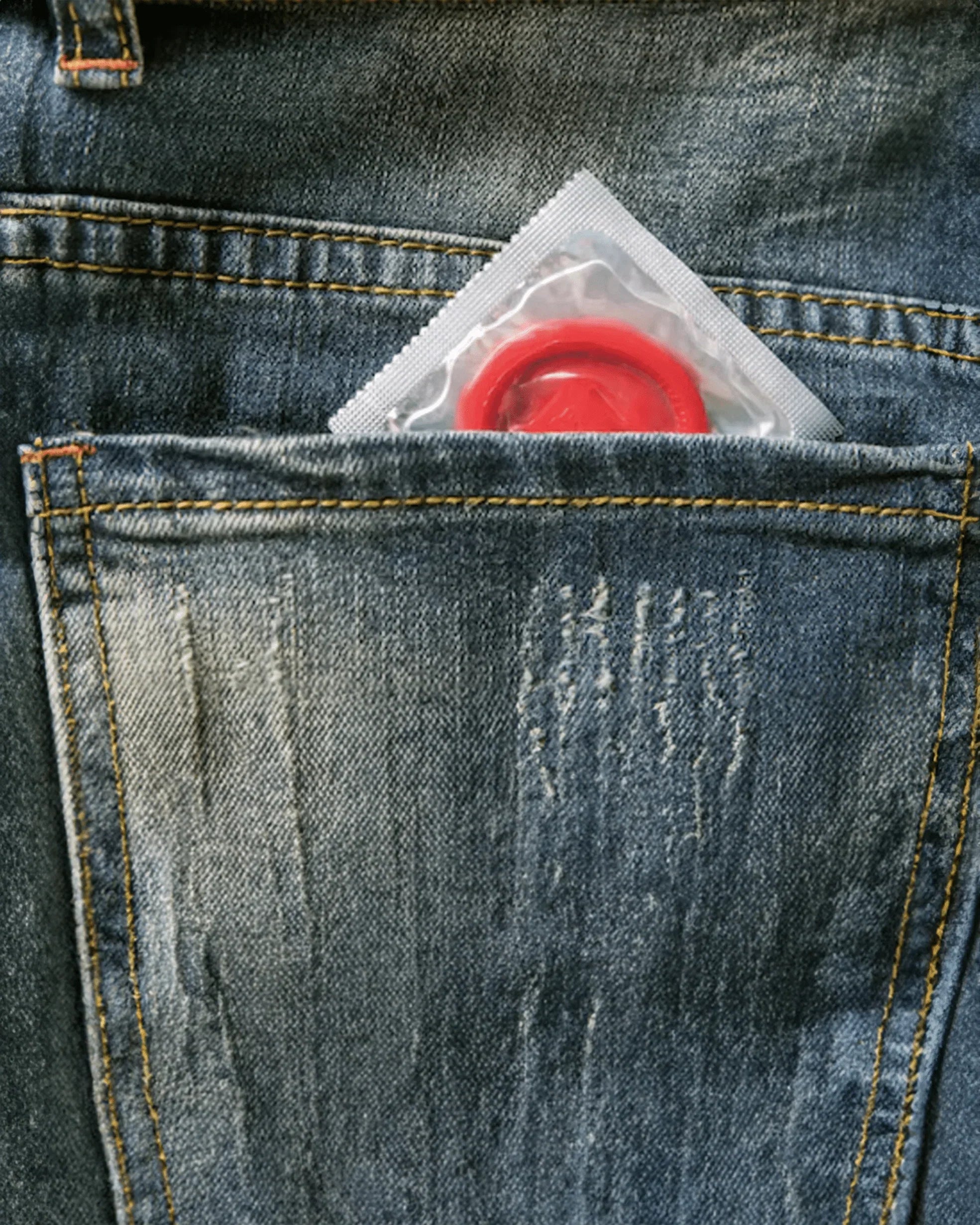
Condoms don’t cause UTIs, but some can make you more vulnerable—especially if you’re already prone to infections. From spermicides to fragrances to friction, here’s what actually increases UTI risk...

Hell hath no fury like a woman who comes down with a UTI after (let's face it, probably pretty mediocre) sex.
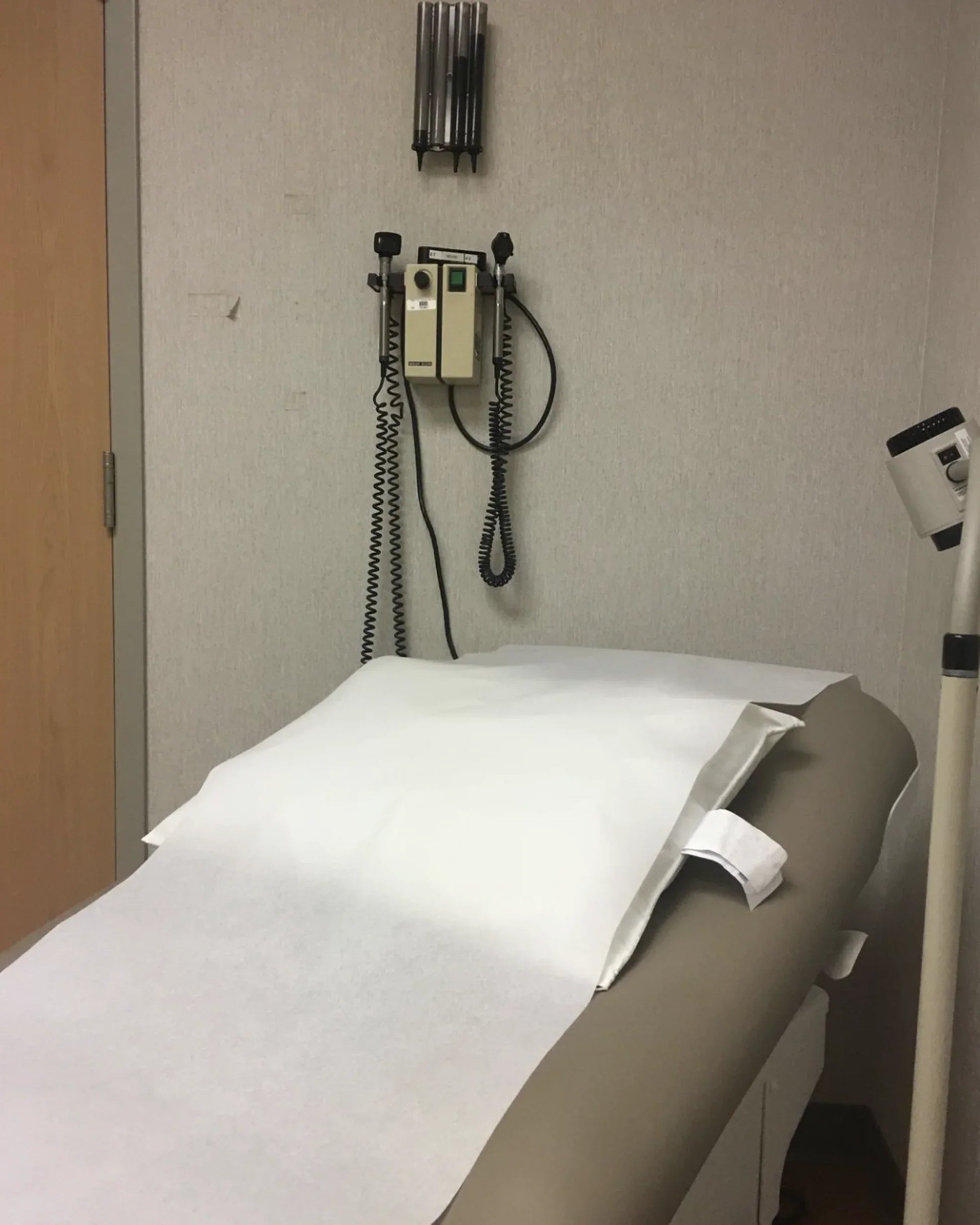
Spoiler: If it burns when you pee, you probably already know the answer.

Low estrogen is a hidden driver of recurrent UTIs—and vaginal estrogen might be the solution you didn't know existed. For the most comprehensive protection, combine vaginal estrogen with Good Kitty...
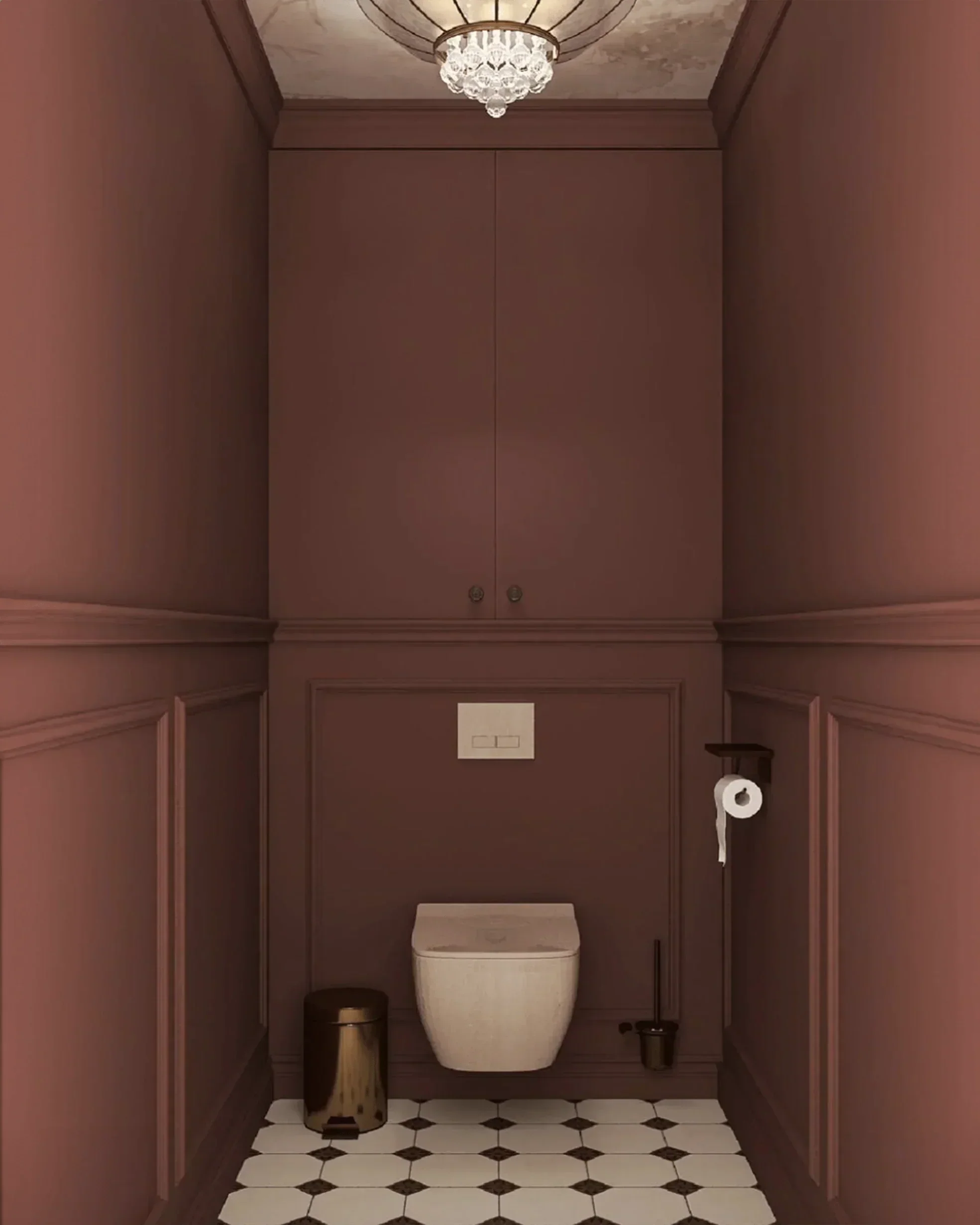
Gamechanger in UTI Prevention survival guide: The right way to pee after sex—make it a real flush.
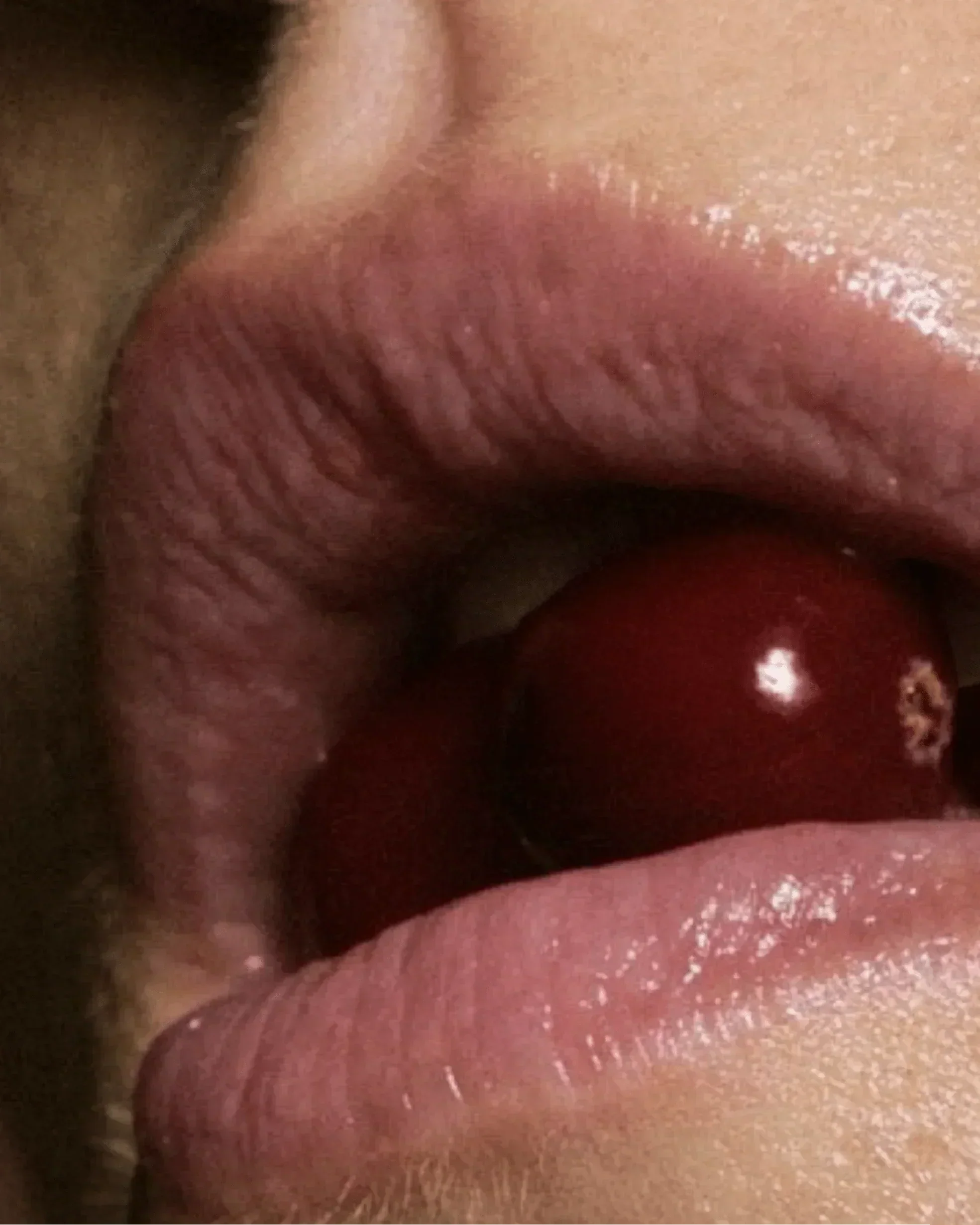
Standard cranberry supplements have 0-5% bioavailability. That means your body absorbs almost nothing. Here's why you're flushing $20 a month down the toilet and what actually works.

Let's talk about the thing your doctor might suggest when you're on your fifth UTI of the year and both of you are exhausted: prophylactic antibiotics. Translation: taking a low-dose antibiotic eve...

Why It Happens & How to Prevent It Naturally Discover why sex triggers UTIs in women, the 5-step infection process, and 7 natural prevention strategies including Good Kitty UTI Biome Shield's m...
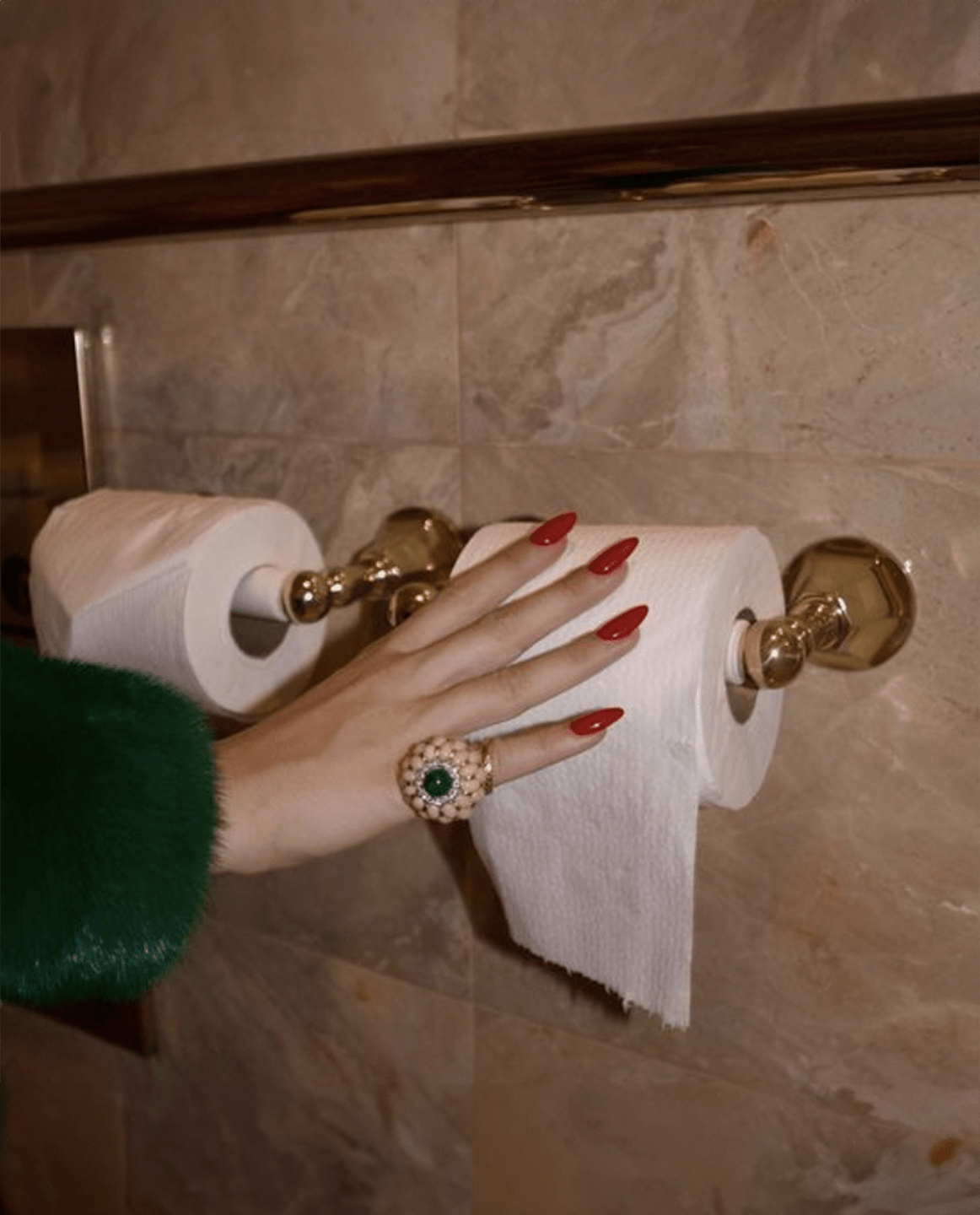
Learn to distinguish between UTI and overactive bladder symptoms, causes, and treatments. Stop misdiagnosis and find the right solution for your frequent urination.

Three-quarters of women will experience a vaginal yeast infection at some point in their lives. Yet we still treat them like shameful secrets rather than common fungal imbalances with identifiable ...
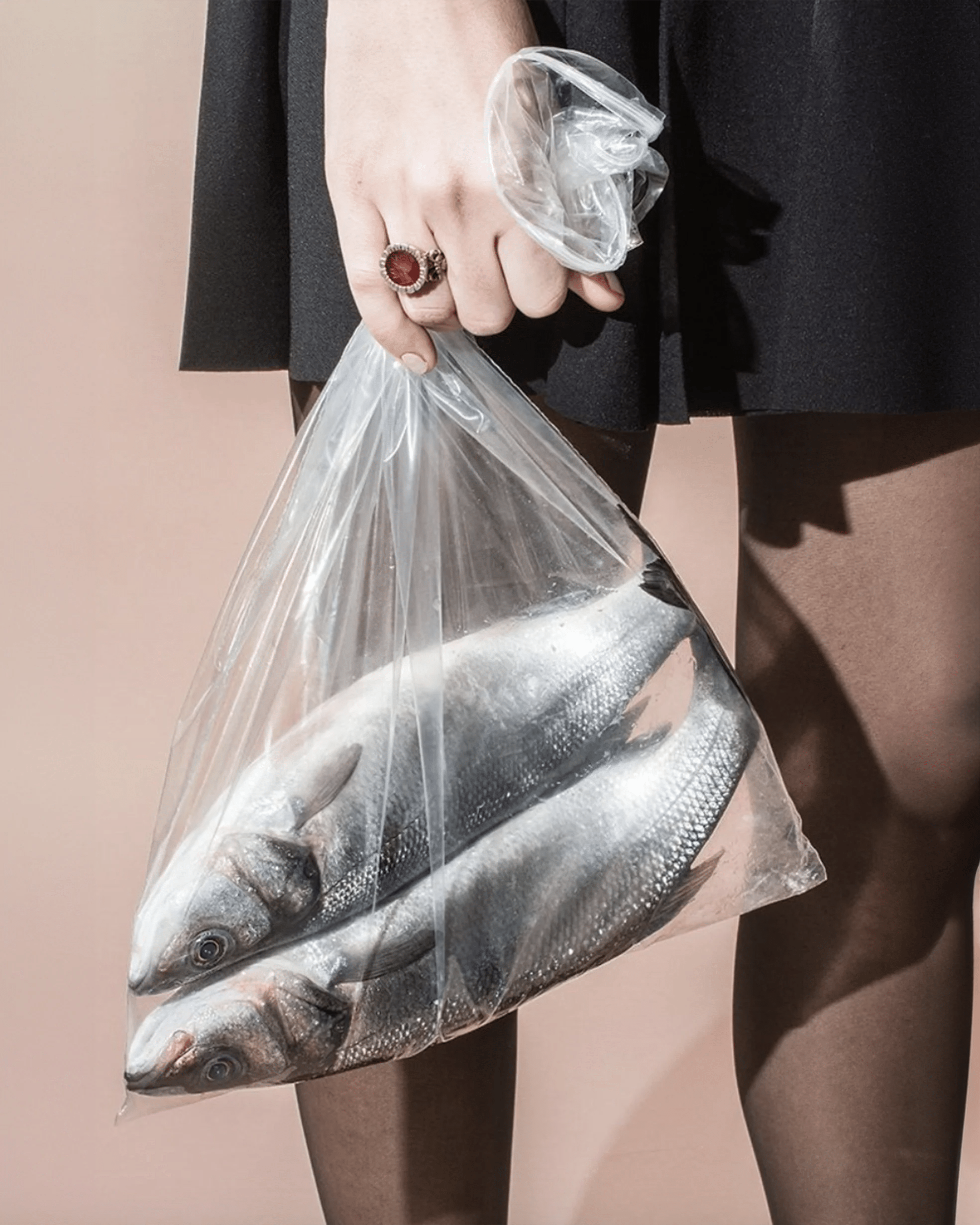
BV, yeast infections, and cytolytic vaginosis can look and feel confusingly similar—but they’re caused by completely different microbial imbalances. This guide breaks down what each one is, how to ...

We're exceptional at ignoring our own bodies until symptoms become impossible to dismiss. But what if that persistent exhaustion, those recurring headaches, or that burning sensation when you pee i...

Recurrent UTIs aren't a personal failing or a hygiene issue—they're your body's ecosystem sending an SOS. Understanding the gut-vagina-bladder connection is the first step to breaking the cycle of ...
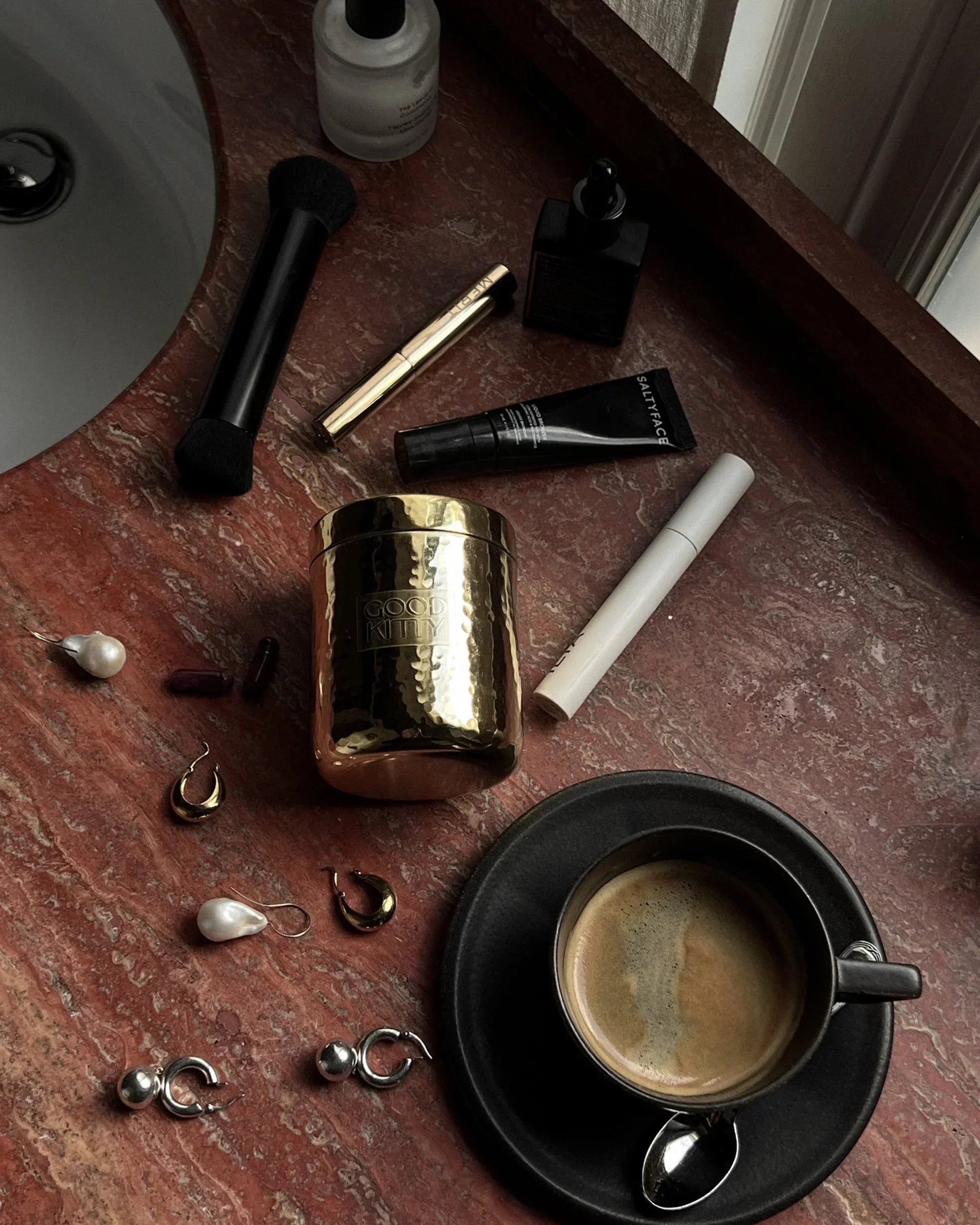
Recurrent UTIs are often caused by biofilm—bacteria shielded from antibiotics. Learn why UTIs return and how to prevent chronic bladder infections.

BV and UTIs often get confused, but they’re completely different infections that need completely different treatments. Here’s how to spot the symptoms, avoid misdiagnosis, and protect your vaginal ...

BV and yeast infections can flare after antibiotics, sex, or even the wrong lubricant. Here’s what actually causes imbalance—and how gentle, science-backed support like UTI Biome Shield can help ke...
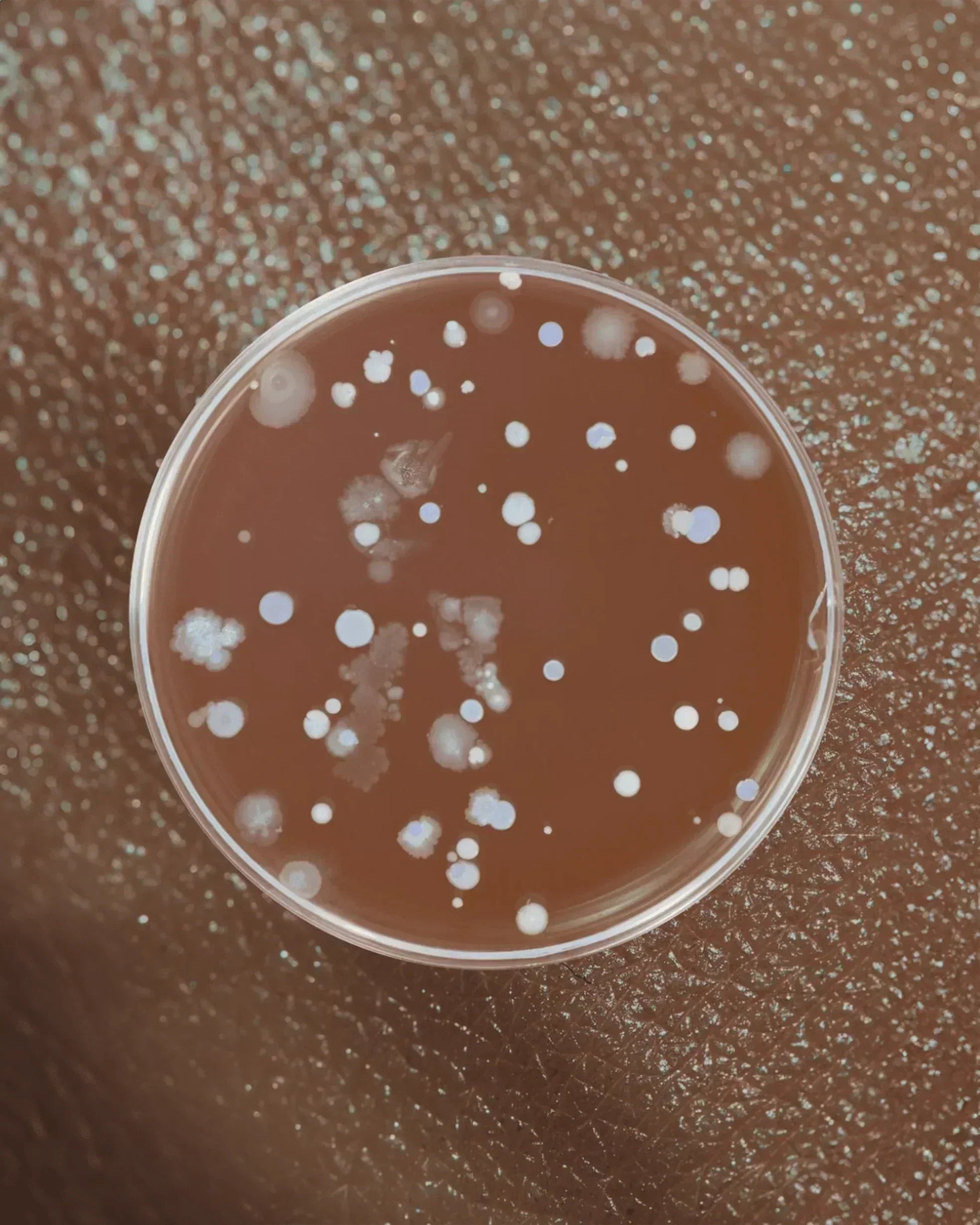
Your vagina is a living ecosystem. Learn how your vaginal microbiome affects UTIs, BV, fertility, immunity, and overall health—and how to keep it in balance.

Your period is more than a monthly inconvenience—it’s a vital sign. Learn what your cycle reveals about hormones, thyroid health, stress, and overall wellbeing.

Here's a fun fact nobody tells you: the period products marketed as "natural," "organic," and "non-toxic" might be poisoning you.

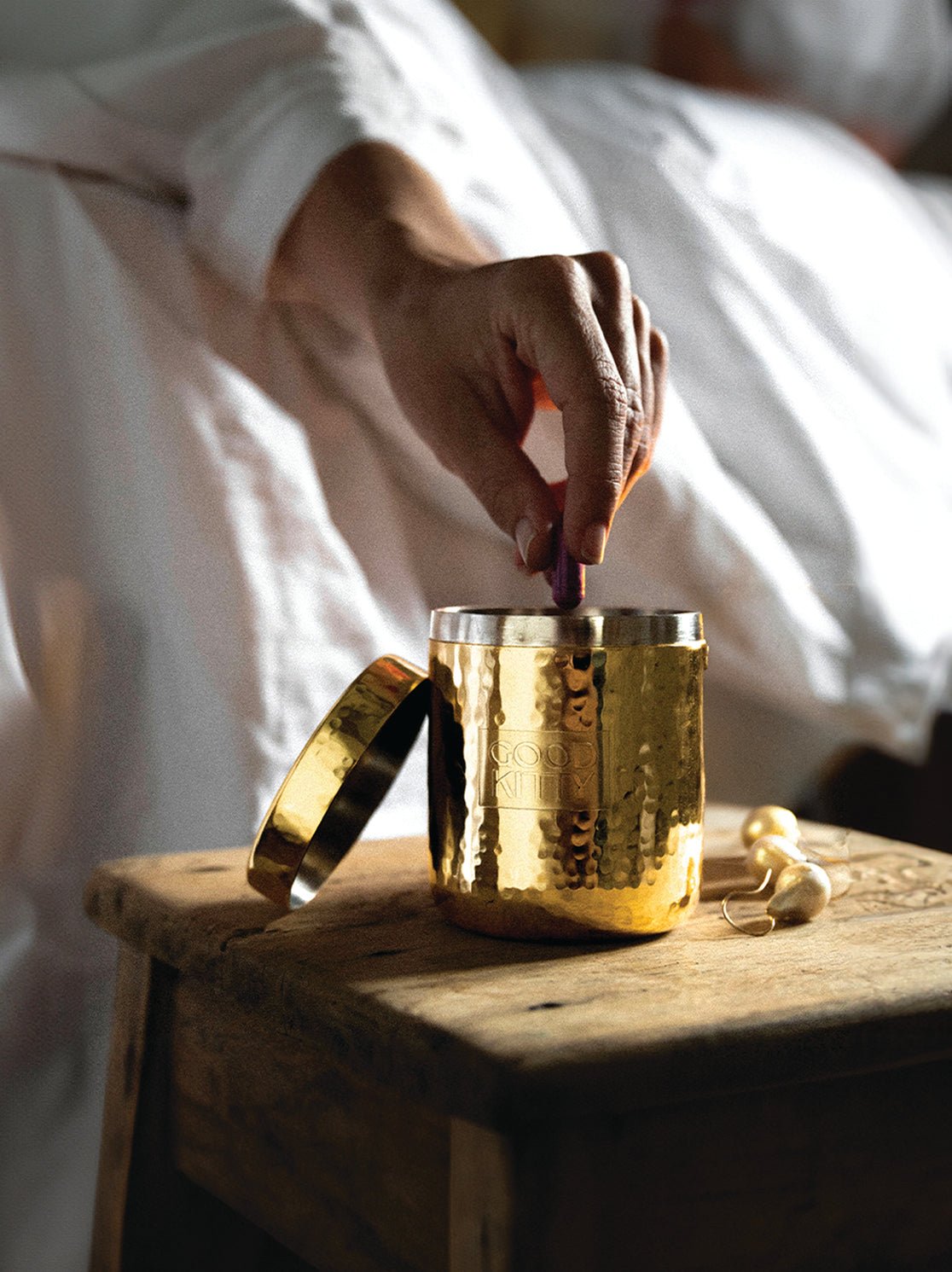







Clinically Proven UTI Prevention. Beautifully Designed.
One pill prevents UTIs. Powered by PACphenol™ and BioBlocD3™, our multi-action defense system stops problems before they start by blocking E. coli, disrupting biofilm, and supporting a balanced microbiome.
Unlike antibiotics, our science backed formula works with your body. Each daily dose delivers 38mg soluble cranberry PACs, polyphenols, d-mannose, vitamin D3, and zinc for complete, bioholistic protection.
Designed for real life:
- BLOCK e.coli receptor sites
- ELIMINATE biofilm
- REPAIR bladder tissue
- SUPPORT healthy microbiome
- BOOST natural immunity
Your starter kit includes our exclusive refillable brass canister and wearable pill-stash pendant—free with purchase.

